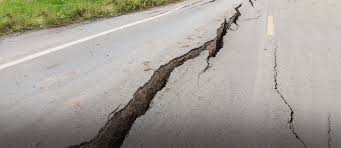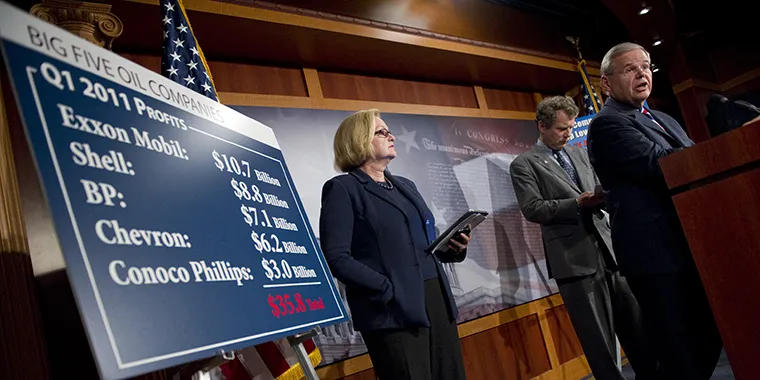Earthquakes in Pakistan: Preparedness and Safety Tips
Introduction
Introduction — Seismic risks demand strong construction codes, drills and public awareness campaigns.. In Pakistan’s climate context, this connects daily realities of farmers, city planners, health workers and policymakers. Practical resilience depends not only on awareness but on financing, enforcement and community cooperation. Urban floods, heatwaves and glacial melt are no longer rare events—they shape yearly planning. Households and schools increasingly integrate disaster awareness into routines and curricula. Funding gaps and fragmented governance remain persistent challenges across provinces.
Causes
Causes — Tectonic activity at Indian-Eurasian plate boundary. In Pakistan’s climate context, this connects daily realities of farmers, city planners, health workers and policymakers. Practical resilience depends not only on awareness but on financing, enforcement and community cooperation. Community networks, including mosques and schools, become lifelines during alerts. Policies succeed when paired with transparent reporting and citizen trust. Research shows localized solutions reduce risks more effectively than generic blueprints.
What the evidence shows — Recent disasters highlight the cost of inaction and benefits of early prevention.. In Pakistan’s climate context, this connects daily realities of farmers, city planners, health workers and policymakers. Practical resilience depends not only on awareness but on financing, enforcement and community cooperation. Case studies from Sindh and KP reveal that preparedness drills improve survival rates. Infrastructure investments require maintenance budgets, not just one-time spending. Inclusive participation of women and youth strengthens outcomes in resilience planning.
Historical Quakes
Historical Quakes — 2005 Kashmir, 2013 Balochistan, 2019 Mirpur highlight risks. In Pakistan’s climate context, this connects daily realities of farmers, city planners, health workers and policymakers. Practical resilience depends not only on awareness but on financing, enforcement and community cooperation. Community networks, including mosques and schools, become lifelines during alerts. Policies succeed when paired with transparent reporting and citizen trust. Research shows localized solutions reduce risks more effectively than generic blueprints.
What the evidence shows — Recent disasters highlight the cost of inaction and benefits of early prevention.. In Pakistan’s climate context, this connects daily realities of farmers, city planners, health workers and policymakers. Practical resilience depends not only on awareness but on financing, enforcement and community cooperation. Case studies from Sindh and KP reveal that preparedness drills improve survival rates. Infrastructure investments require maintenance budgets, not just one-time spending. Inclusive participation of women and youth strengthens outcomes in resilience planning.
Preparedness
Preparedness — Resistant structures, emergency kits and safety drills. In Pakistan’s climate context, this connects daily realities of farmers, city planners, health workers and policymakers. Practical resilience depends not only on awareness but on financing, enforcement and community cooperation. Community networks, including mosques and schools, become lifelines during alerts. Policies succeed when paired with transparent reporting and citizen trust. Research shows localized solutions reduce risks more effectively than generic blueprints.
What the evidence shows — Recent disasters highlight the cost of inaction and benefits of early prevention.. In Pakistan’s climate context, this connects daily realities of farmers, city planners, health workers and policymakers. Practical resilience depends not only on awareness but on financing, enforcement and community cooperation. Case studies from Sindh and KP reveal that preparedness drills improve survival rates. Infrastructure investments require maintenance budgets, not just one-time spending. Inclusive participation of women and youth strengthens outcomes in resilience planning.
Conclusion
Conclusion — A proactive rather than reactive approach can reduce both human and economic losses.. In Pakistan’s climate context, this connects daily realities of farmers, city planners, health workers and policymakers. Practical resilience depends not only on awareness but on financing, enforcement and community cooperation. Institutional reforms, continuous training and early-warning systems provide best value. Public-private partnerships mobilize resources quickly while spreading accountability. Pakistan’s climate adaptation strategy must link villages to global financing commitments.
FAQs
What matters most in disaster readiness? Community drills, infrastructure resilience and transparent coordination.
Can ordinary citizens contribute? Yes, through awareness, safe construction, and responsible resource use.
What lessons has Pakistan learned? That prevention is always cheaper than post-disaster relief.
Field evidence shows that resilience is not achieved overnight. Households, schools and small businesses thrive when they adopt simple preparedness steps. Provincial governments that publish hazard maps and conduct annual drills build stronger trust. Sustained donor funding and civil society oversight reduce leakage and accelerate recovery. Above all, climate adaptation in Pakistan must be localized: tailored crop calendars, region-specific housing codes, and locally recruited response teams ensure that strategies are realistic and sustainable.
Field evidence shows that resilience is not achieved overnight. Households, schools and small businesses thrive when they adopt simple preparedness steps. Provincial governments that publish hazard maps and conduct annual drills build stronger trust. Sustained donor funding and civil society oversight reduce leakage and accelerate recovery. Above all, climate adaptation in Pakistan must be localized: tailored crop calendars, region-specific housing codes, and locally recruited response teams ensure that strategies are realistic and sustainable.
Field evidence shows that resilience is not achieved overnight. Households, schools and small businesses thrive when they adopt simple preparedness steps. Provincial governments that publish hazard maps and conduct annual drills build stronger trust. Sustained donor funding and civil society oversight reduce leakage and accelerate recovery. Above all, climate adaptation in Pakistan must be localized: tailored crop calendars, region-specific housing codes, and locally recruited response teams ensure that strategies are realistic and sustainable.
Field evidence shows that resilience is not achieved overnight. Households, schools and small businesses thrive when they adopt simple preparedness steps. Provincial governments that publish hazard maps and conduct annual drills build stronger trust. Sustained donor funding and civil society oversight reduce leakage and accelerate recovery. Above all, climate adaptation in Pakistan must be localized: tailored crop calendars, region-specific housing codes, and locally recruited response teams ensure that strategies are realistic and sustainable.






